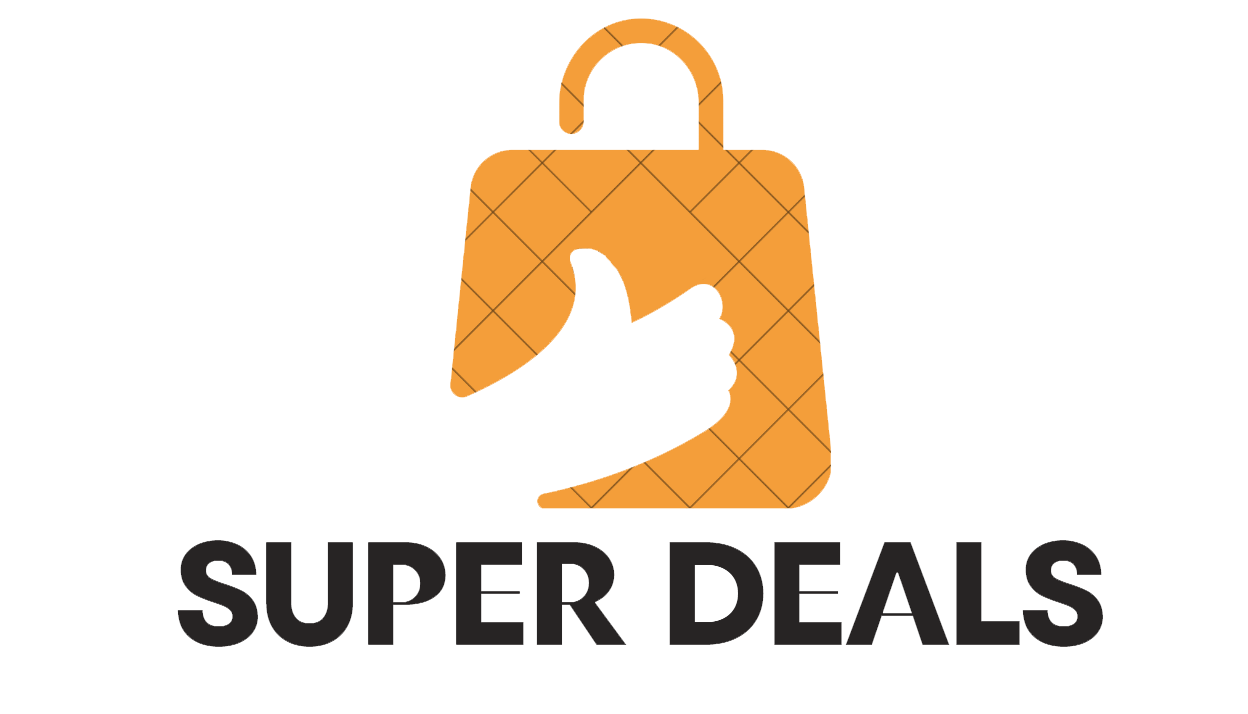
Introduction
In today’s digital age, businesses are no longer limited to traditional marketing channels. With the rise of social media, search engines, and other digital platforms, companies need to have a strong online presence to reach their target audience. This is where HubSpot comes in. HubSpot is an all-in-one inbound marketing and sales software that helps businesses attract, engage, and delight their customers. In this article, we will dive deep into HubSpot, its features, benefits, and how it can help businesses of all sizes grow.
What is HubSpot?
HubSpot is a cloud-based inbound marketing and sales software that provides businesses with a range of tools to attract, engage, and delight their customers. It was founded in 2006 by Brian Halligan and Dharmesh Shah with the aim of transforming the way businesses attract and engage customers. HubSpot offers a suite of tools that includes marketing, sales, customer service, and CRM software.
HubSpot’s marketing software includes tools for blogging, social media, SEO, email marketing, and marketing automation. Its sales software includes tools for lead management, sales automation, and pipeline management. Its customer service software includes tools for ticketing, live chat, and customer feedback. Finally, its CRM software provides businesses with a unified view of their customer data, making it easier to track and manage customer interactions.
HubSpot’s all-in-one platform allows businesses to manage their entire customer journey from lead generation to customer acquisition and retention. This makes it a powerful tool for businesses of all sizes, from small startups to large enterprises.
Features of HubSpot
- Marketing Hub
HubSpot’s Marketing Hub provides businesses with a range of tools to attract, engage, and delight their customers. These tools include:
a. Blogging: HubSpot’s blogging tool allows businesses to create and publish blog posts on their website. It also provides features like SEO optimization, social sharing, and analytics to help businesses track the success of their blog posts.
b. Social media: HubSpot’s social media tool allows businesses to schedule and publish social media posts across multiple platforms. It also provides analytics to help businesses track the success of their social media campaigns.
c. SEO: HubSpot’s SEO tool provides businesses with recommendations for optimizing their website for search engines. It also provides analytics to help businesses track the success of their SEO efforts.
d. Email marketing: HubSpot’s email marketing tool allows businesses to create and send email campaigns to their subscribers. It also provides features like A/B testing, segmentation, and analytics to help businesses optimize their email campaigns.
e. Marketing automation: HubSpot’s marketing automation tool allows businesses to automate their marketing campaigns based on user behavior. This includes things like lead nurturing, email workflows, and personalized content.
- Sales Hub
HubSpot’s Sales Hub provides businesses with tools to manage their sales process, from lead management to deal tracking. These tools include:
a. Lead management: HubSpot’s lead management tool allows businesses to track and manage their leads throughout the sales process. This includes features like lead scoring, lead routing, and lead nurturing.
b. Sales automation: HubSpot’s sales automation tool allows businesses to automate their sales process, from email outreach to deal tracking. This includes features like email templates, meeting scheduling, and automated follow-up.
c. Pipeline management: HubSpot’s pipeline management tool allows businesses to track and manage their sales pipeline. This includes features like deal stages, deal tracking, and sales forecasting.
- Service Hub
HubSpot’s Service Hub provides businesses with tools to manage their customer service process, from ticketing to feedback. These tools include:
a. Ticketing: HubSpot’s ticketing tool allows businesses to manage customer service requests through a centralized platform. This includes features like ticket assignment, ticket status tracking, and SLA management
b. Live chat: HubSpot’s live chat tool allows businesses to provide real-time customer support through their website. This includes features like chatbots, chat routing, and chat transcripts.
c. Customer feedback: HubSpot’s customer feedback tool allows businesses to gather feedback from their customers through surveys, feedback forms, and NPS (Net Promoter Score) surveys.
- CRM
HubSpot’s CRM (Customer Relationship Management) tool provides businesses with a unified view of their customer data. This includes features like contact management, deal tracking, and pipeline management. HubSpot’s CRM is free to use and allows businesses to manage up to 1 million contacts.
Benefits of HubSpot
- All-in-one platform: HubSpot’s all-in-one platform allows businesses to manage their entire customer journey from lead generation to customer acquisition and retention. This saves businesses time and money by eliminating the need to use multiple tools from different vendors.
- Easy to use: HubSpot’s user-friendly interface makes it easy for businesses to get started with inbound marketing and sales. Its drag-and-drop editor allows businesses to create content without the need for coding skills.
- Comprehensive reporting: HubSpot’s reporting dashboard provides businesses with comprehensive analytics to track the success of their marketing and sales efforts. This includes data on website traffic, lead generation, email campaigns, and more.
- Personalization: HubSpot’s marketing automation and sales automation tools allow businesses to personalize their interactions with customers. This includes personalized email campaigns, website content, and sales outreach.
- Cost-effective: HubSpot’s pricing model is based on the number of contacts in a business’s database, making it a cost-effective solution for businesses of all sizes.
Conclusion
HubSpot is a powerful all-in-one platform that provides businesses with the tools they need to attract, engage, and delight their customers. Its marketing, sales, customer service, and CRM software allow businesses to manage their entire customer journey from lead generation to customer acquisition and retention. HubSpot’s user-friendly interface, comprehensive reporting, and personalization features make it a top choice for businesses of all sizes. If you’re looking to grow your business through inbound marketing and sales, HubSpot is definitely worth considering.

